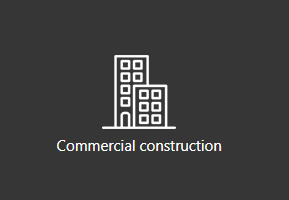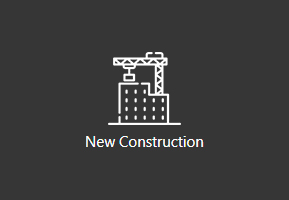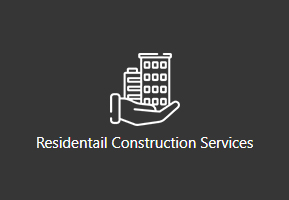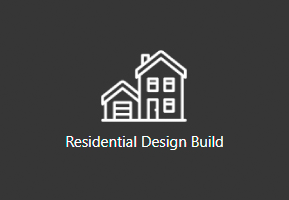ADU
(Accessory Dwelling Unit)

What is an ADU?
ADUs are commonly added to residential lots to accommodate a family member, hence the terms granny flat and in-law apartment. In most regions across the US, an ADU is defined as a basement remodel, garage conversion, studio apartment, or any separate residence within a single family zoned property.
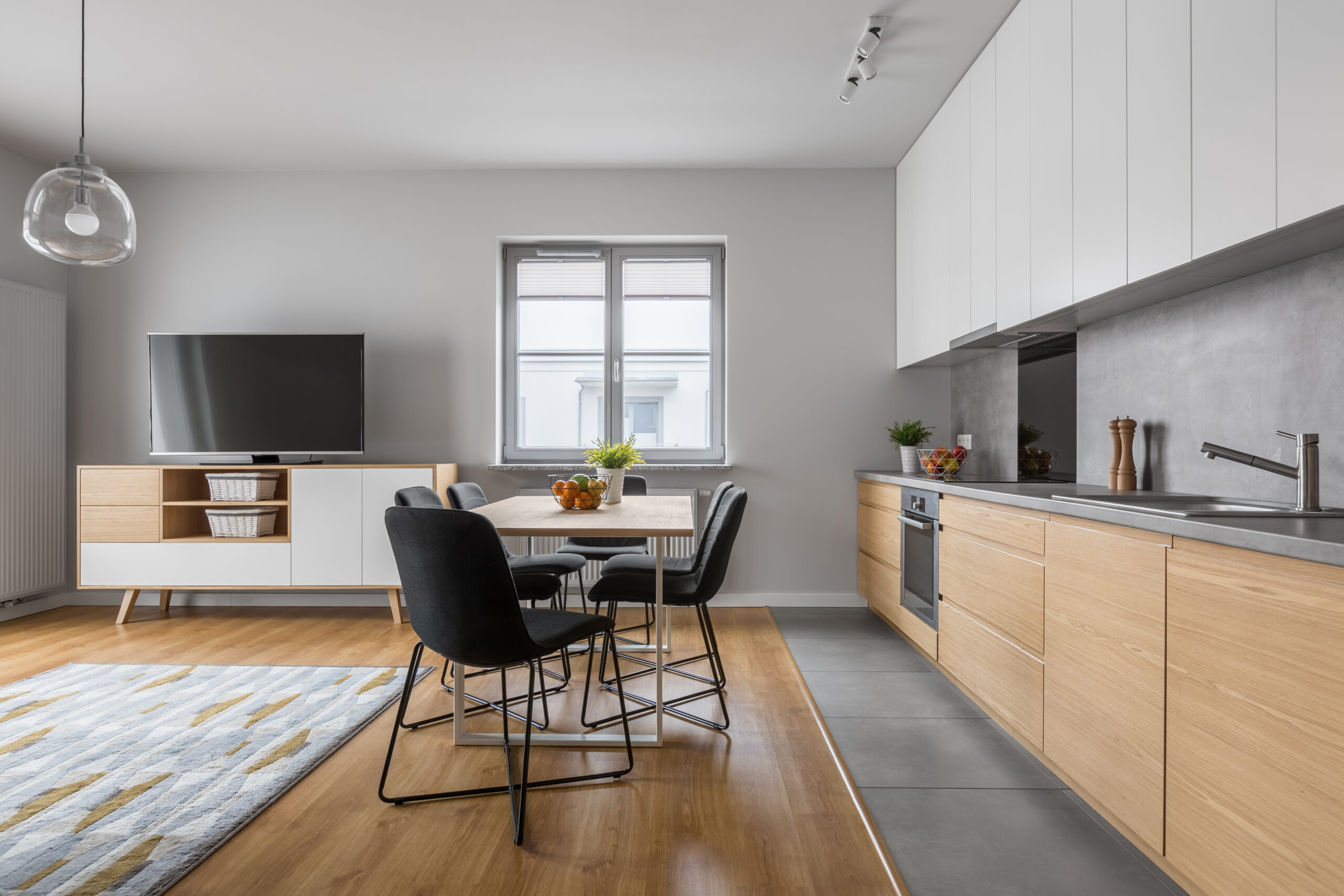
Are ADUs a Good Investment For Property Owners?
Family Members
Adding an ADU to your existing single family property not only keeps your relatives close and does not require the purchase additional land. This helps prevent urban sprawl as well by utilizing existing developed land, and opposed to more development.
Adding an ADU to a property also increases the property value, just as any home with an attached apartment. ADUs provide additional, but separate, space when you need it and make a great source of income as a rental when you don’t.
ADUs can be utilized for various rental purposes, including leasing to individual tenants as well as renting out on platforms like AirBnB. It’s important to note that there may be occupancy restrictions in certain areas, but generally, ADUs can provide a great source of income without incurring expenses like buying land or going through the zoning process.
How Are Custom ADUs Different From Prefab ADUs?
In most construction projects, there is a common trend known as the 80/20 rule. The 80/20 rule refers to how about 20% of a project can consume about 80% of the project budget. ADUs are required to have a kitchen and a bathroom, which are two of the most expensive rooms to build in any home. ADUs avoid this expense (in most cases) by sharing existing services like
broadband, water, sewer, and electrical service. Often the roof and foundation of the main home can also be multi-purposed, bringing the cost of ADU construction down even further.
Attached, custom ADUs have the advantage of using the existing structure so they tend to be less expensive. Roofs, systems, and foundations are often shared with the existing home, so these construction costs are avoided. Features like a common bathroom can be shared with the home, again reducing the total cost of construction.
Prefab ADUs are computer-designed to maximize every inch of space and are delivered to your existing lot ready for service. This lets the buyer select the ADU much like a new car, so the buyer gets to select things like floor coverings and paint color.
Which ADUs Are Most Popular in California?
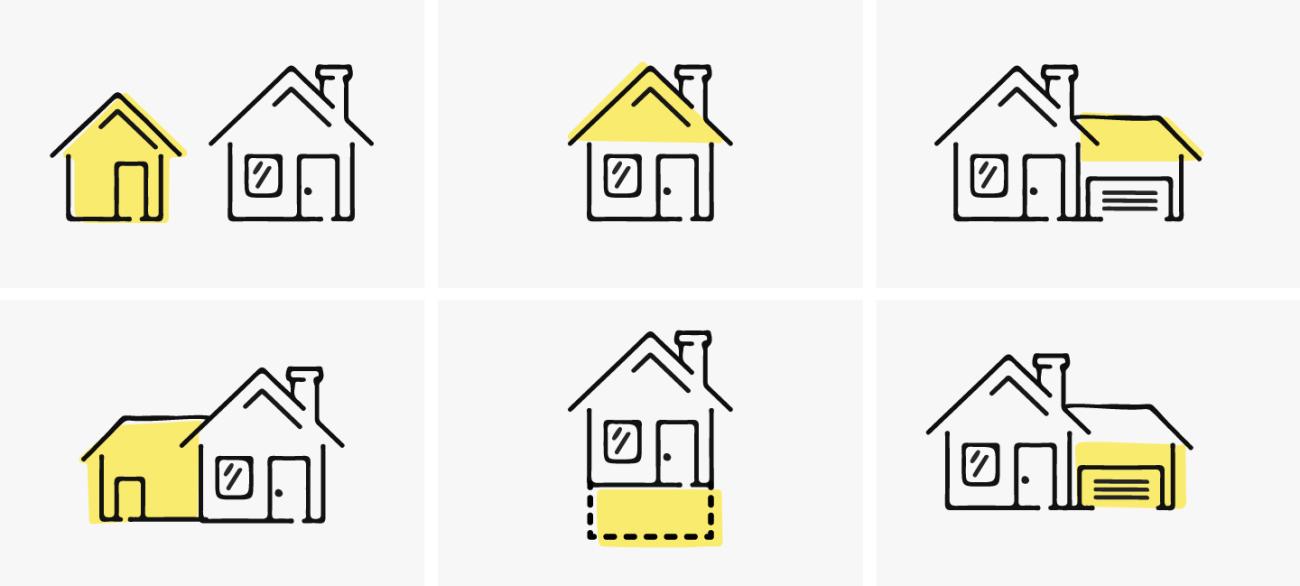
If you’re considering building an ADU in the Los Angeles and Orange County areas, it’s important to know which types of ADUs are most popular in these regions. Los Angeles and Orange County have a high demand for ADUs due to the high cost of living and limited housing options. The most popular types of ADUs in Los Angeles and Orange County include detached ADUs, attached ADUs, converted ADUs, and junior ADUs.
Detached ADUs, also known as backyard ADUs, are separate from the main house and can be located in the backyard or on a separate lot. These units offer more privacy and independence for the occupants, and can also be used as a rental unit to generate extra income. They are quite popular in parts of the Southern California region where the land is more available.
Attached ADUs, also known as second units or in-law units, are attached to the main house, often located above a garage or in a basement. These units are a cost-effective option, as they can be built using existing infrastructure and utilities. They are also ideal for homeowners who want to accommodate aging parents or adult children. Attached ADUs are more popular in the Los Angeles area where land is limited and more people live in apartments or condos.
Converted ADUs
Converted ADUs are also becoming increasingly popular in Los Angeles and Orange County. These units are created by converting existing spaces such as garages, attics, or basements into living spaces. This type of ADU is a cost-effective solution for homeowners who want to add living space to their home without having to build a new structure.
Finally, Junior ADUs or JADUs, are a new type of ADU that is gaining popularity in Los Angeles and Orange County – JADU is smaller than a regular ADU and usually it’s around 500 sq ft.. They’re more affordable and quicker to build than a full ADU, and can be a great option for homeowners looking for a smaller, more affordable solution. They are popular among homeowners with limited space.
How Can I Finance an ADU?
In most conventional financing, you can borrow up to 80% of your home’s appraisal value. If you have less than 20% equity in your home, conventional financing will likely be unavailable for an ADU project unless you are a veteran.
Using a home equity loan to fund an ADU can be a smart move, especially if your loan interest is tax deductible. Home equity loans work just like HELOCs, except the loan is a fixed amount, offers a fixed interest rate, and repaid in monthly installments
Equity sharing agreements are a relatively new form of financing, which really isn’t financing at all, because the money is not repaid. Shared equity investment companies invest in the future value of your home and share the profits with you in certain situations. These companies invest in areas expected to grow in value, and offer homeowners in exchange for a one time cash payment for a percentage of the future value of the home. Equity sharing agreements are popular with homeowners on a fixed income that need cash, but do not want a monthly payment. .
Are There ADU Grants and Loans Available to Fund an ADU?
There are several grant programs that provide financial support for ADU construction, especially in the state of California. California, in an effort to combat homelessness, adopted legislation known as SB9, which essentially removes the red tape for homeowners interested in purchasing an ADU.
- CalHFA – California Housing Finance Agency – Has helped 201,000 homebuyers and created or preserved 70,000 affordable housing units.
- SB9, also known as the California Housing Opportunity and More Efficiency (HOME) Act, is a state bill that requires cities to allow one additional residential unit onto parcels zoned for single-dwelling units.
How Do I Know if a Property Qualifies For an ADU in California?
How Do I Know if a Property Qualifies For an ADU in California?
Research is key when searching for a qualified contractor. Look for builders and contractors with experience in ADU construction and a good reputation in the industry.
Ask for references and check online reviews to get an idea of their work quality and customer service. Make sure to check if the contractor is licensed and insured to protect yourself from potential liabilities. Networking is also a great way to find ADU contractors or ADU builders. Ask friends, family, and colleagues for recommendations, and reach out to local home builders’ associations or professional trade organizations for a list of qualified ADU builders and contractors in your area.
